-
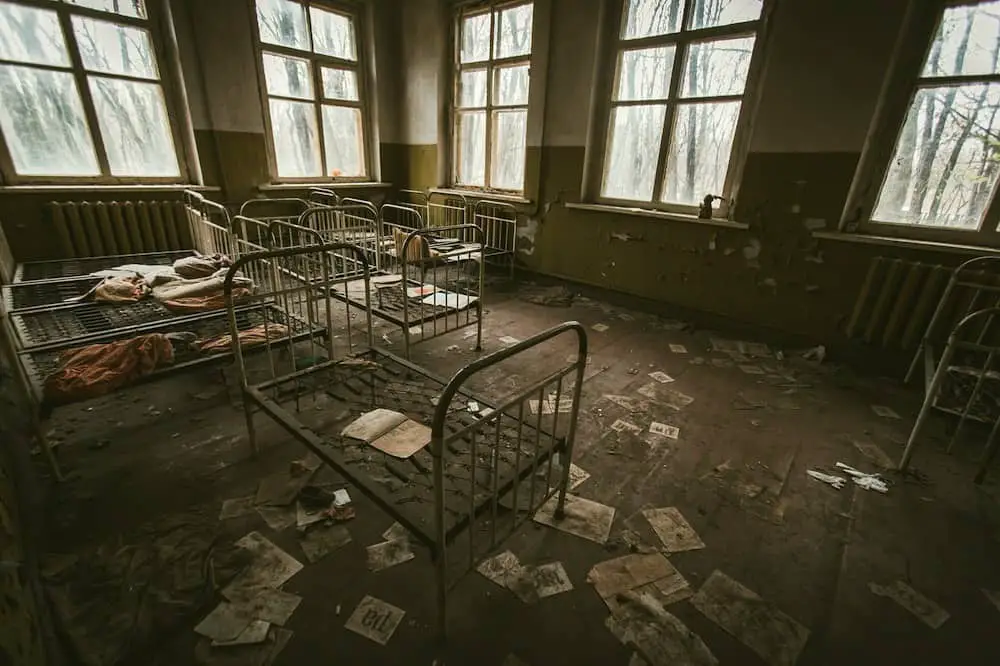
Powers by Alice Munro Short Story Analysis
“Powers” is the final story in the Runaway collection by Alice Munro, published 2004. I find this story the most challenging of the lot — as in, what in holy heck was that all about? I’m going to have to write about “Powers” in order to understand it. Here goes my best shot. What can…
-
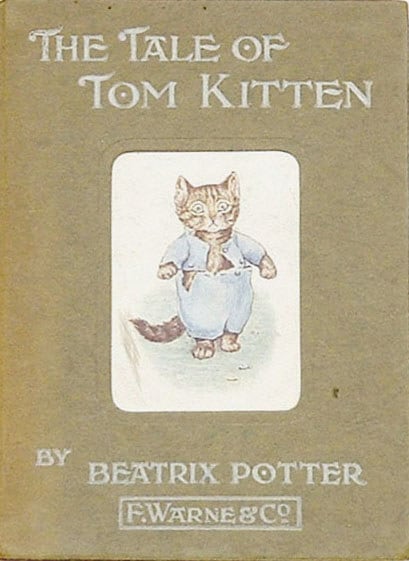
The Tale of Tom Kitten by Beatrix Potter Analysis
The Tale of Tom Kitten was created soon after Beatrix Potter had moved into her farm in the Lake District, which she’d bought with the proceeds earned from The Tale of Peter Rabbit. The illustrations are recognisably of Hill Top and of the farmstead’s surrounding village. The cats of the illustrations were real cats who…
-
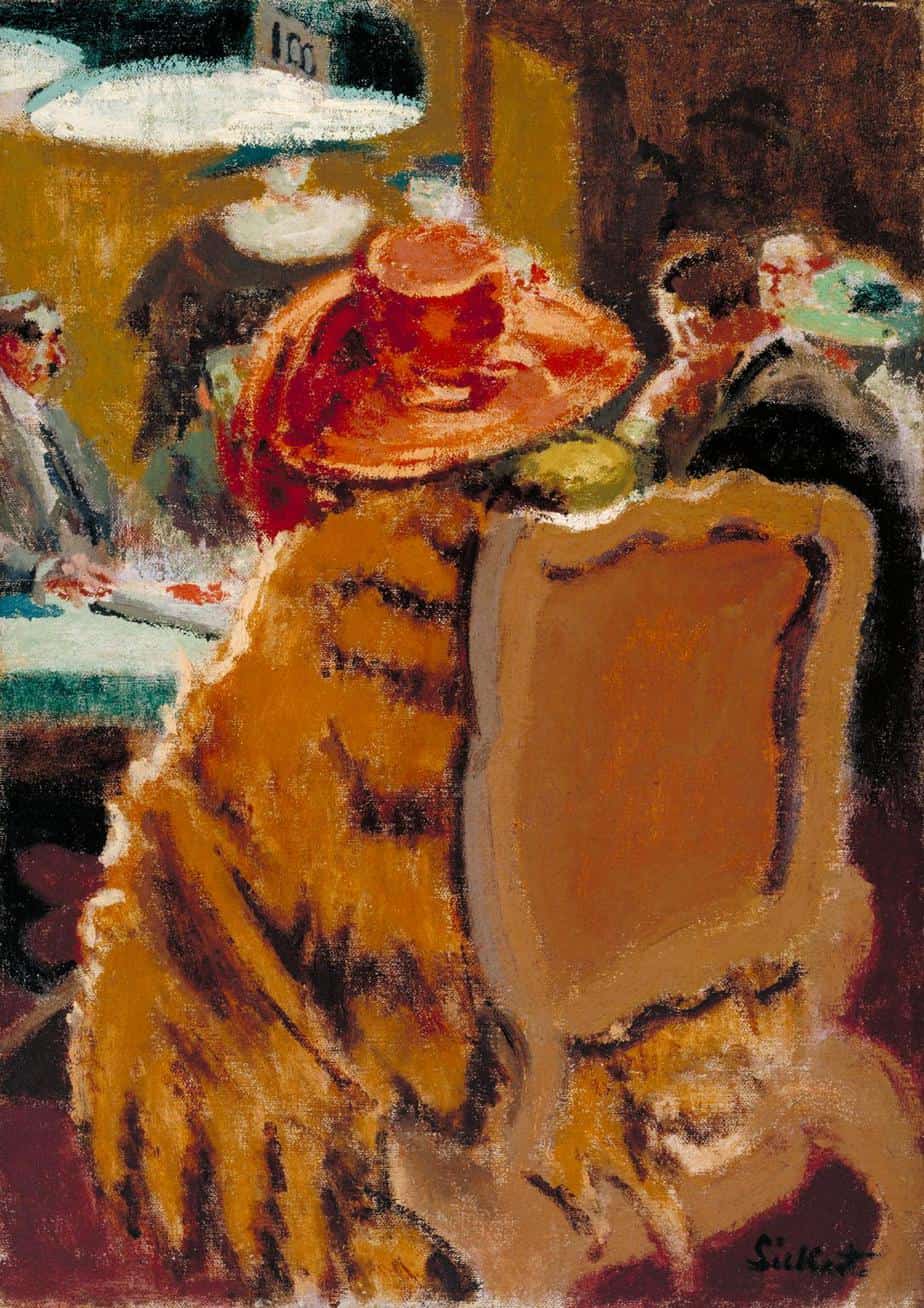
Pictures by Katherine Mansfield Short Story Analysis
“Pictures” is a short story by Katherine Mansfield, published 1919. The London Evening Standard said of the story ‘it is stark realism from first word to last and yet it gives an impression of infinite understanding and pity’. The character Ada Moss was inspired by a woman Mansfield met three years earlier. They had sat…
-
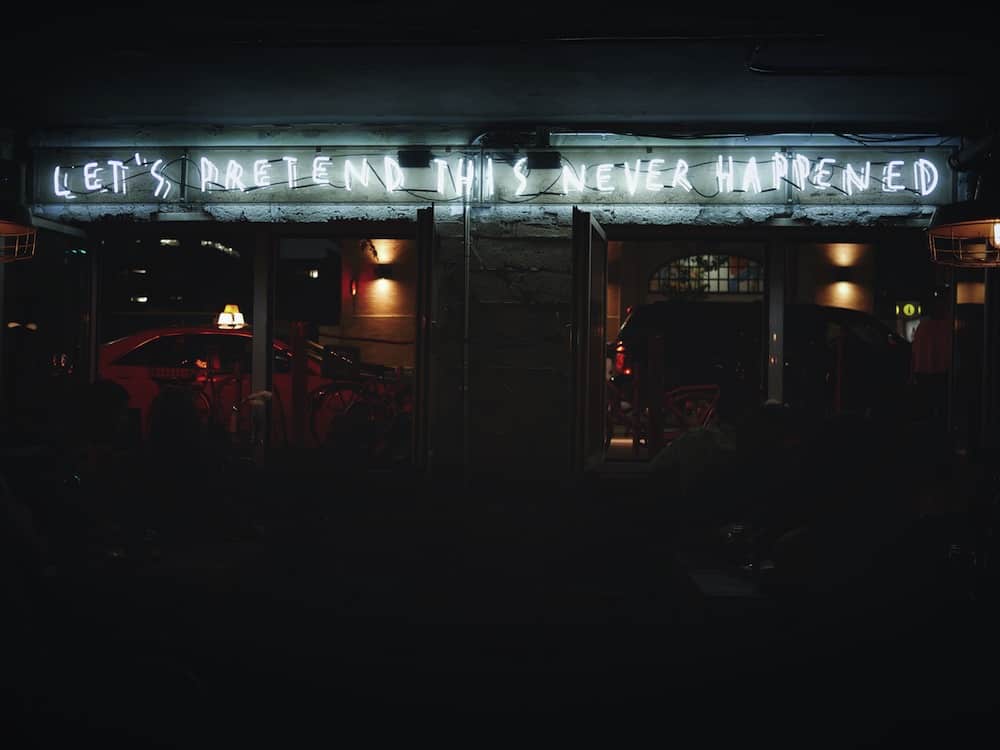
Trespasses by Alice Munro Short Story Analysis
“Trespasses” is a short story by Canadian author Alice Munro, included in the collection Runaway, published 2006. This piece might challenge everything you’ve learned about how to structure a story. All the parts are there, but not as you’d expect. If Alice Munro had anonymously joined one of my writing critique groups over the years,…
-

Which computer would your character use?
ON TV, EVERYONE OWNS A MAC: one of the most glaring tropes in modern fiction. The more I notice it, the more I notice it. Despite the prevalence of PCs in real life, most fictional characters — in novels as well as on TV and movies — are banging away on an Apple Mac. It’s completely…
-
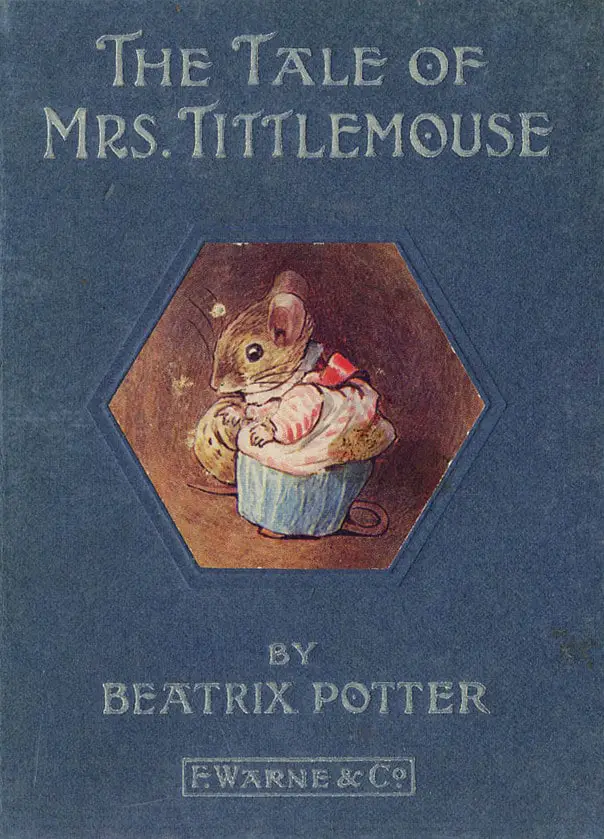
The Tale of Mrs Tittlemouse by Beatrix Potter Analysis
Which mouse are you? Fight, flight, freeze or appease? Beatrix Potter’s Mrs. Tittlemouse (1910) is inclined to appease, as perhaps you must, if you are small and vulnerable. Except every mouse I have ever met is a bolshy, ‘sit on this and swivel’ type. In winter they hang out behind the dishwasher and will hurtle…
-
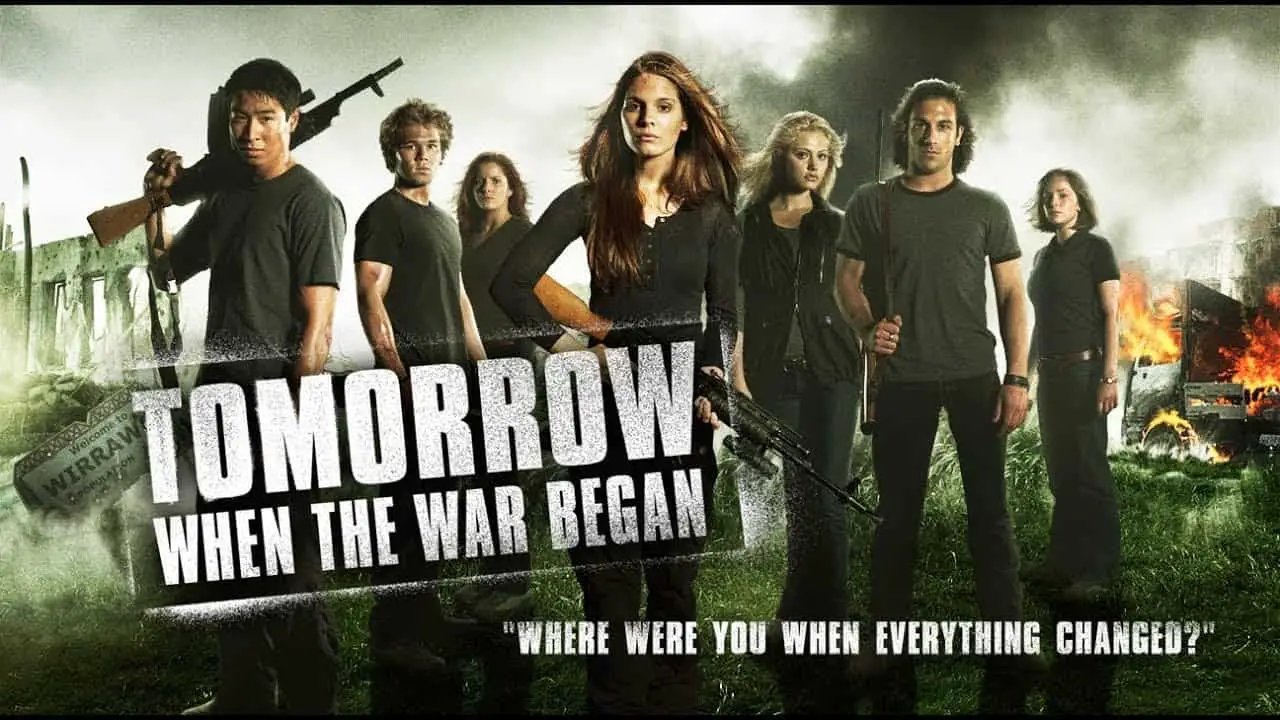
Tomorrow When The War Began Questions
The following are some resources I used with New Zealand high school English students some years ago during a novel study of Tomorrow When The War Began by John Marsden. Posted here in case anyone still finds this useful. How many wars has New Zealand been involved in during the last 50 years? The Cold…
-

Interesting Science About Human Skin
If you’re buying a gift for a young artist, a favourite of mine is a box of skin tone pencils or pens. My Crayola box of the 80s included a ‘skin’ colour — in reality no one’s skin — symbolically and problematically the crayon was ‘white skin’. An entire box of skin tones is a…
-
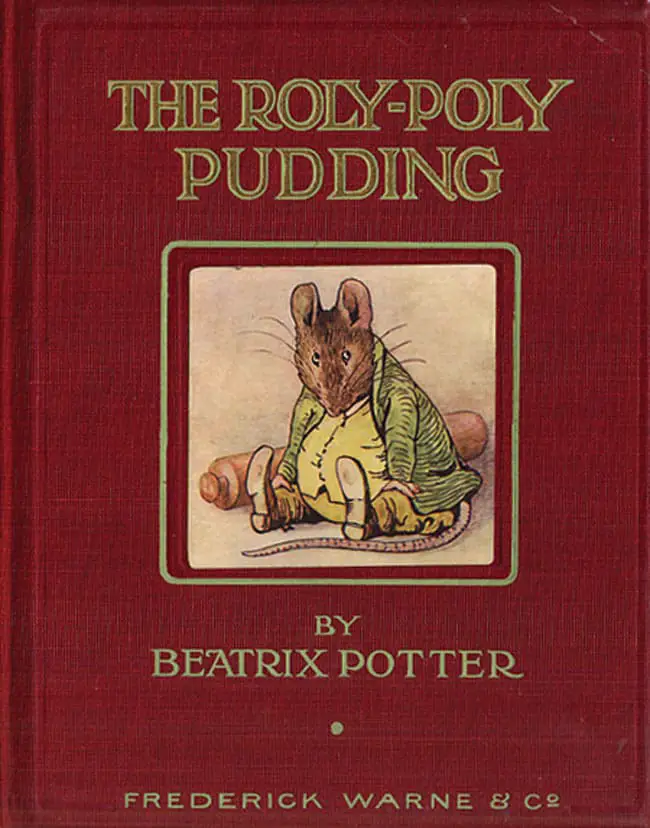
The Tale of Samuel Whiskers by Beatrix Potter Analysis
The Tale of Samuel Whiskers by Beatrix Potter was originally called The Roly-Poly Pudding and written as a Christmas present to a child. Potter’s image of the cat rolled up in dough is one of those resonant illustrations which, once seen, can never be unseen. Perhaps this image scarred you, too, as a child.
-
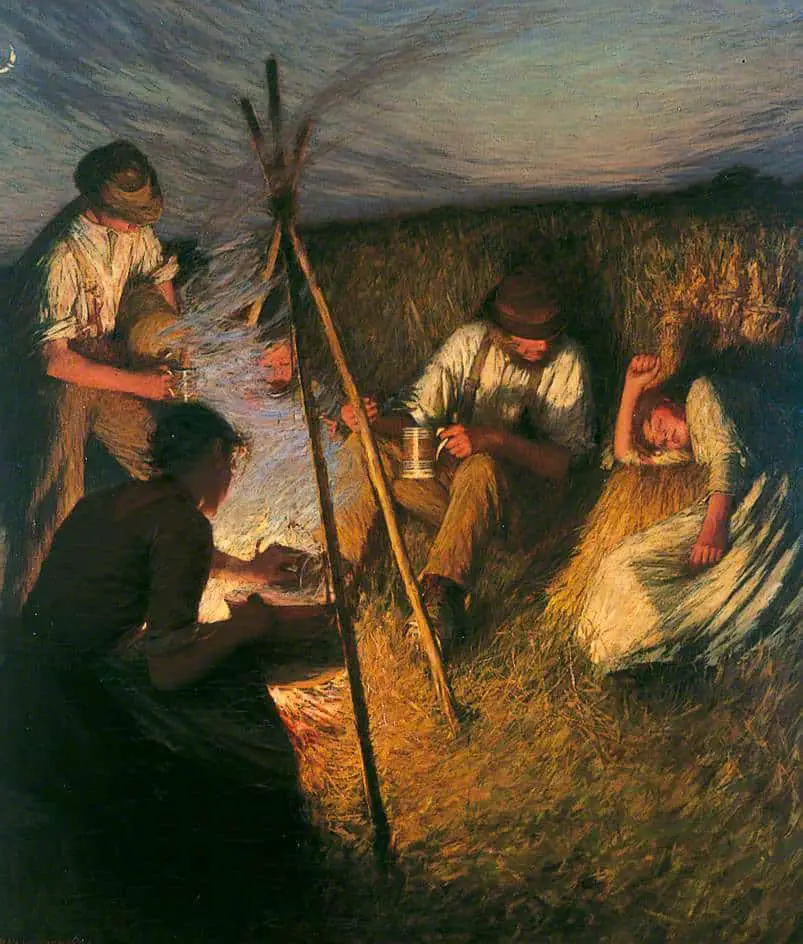
The Oral Origin Of Fairytales
The era in which oral folktales became written fairytales was also the era in which children’s literature as a whole began to develop. How did oral tales change once they became written-down stories? First, the main audience shifted, notably, from the peasant class to the monied classes. Main characters were previously adults; now they were…
-
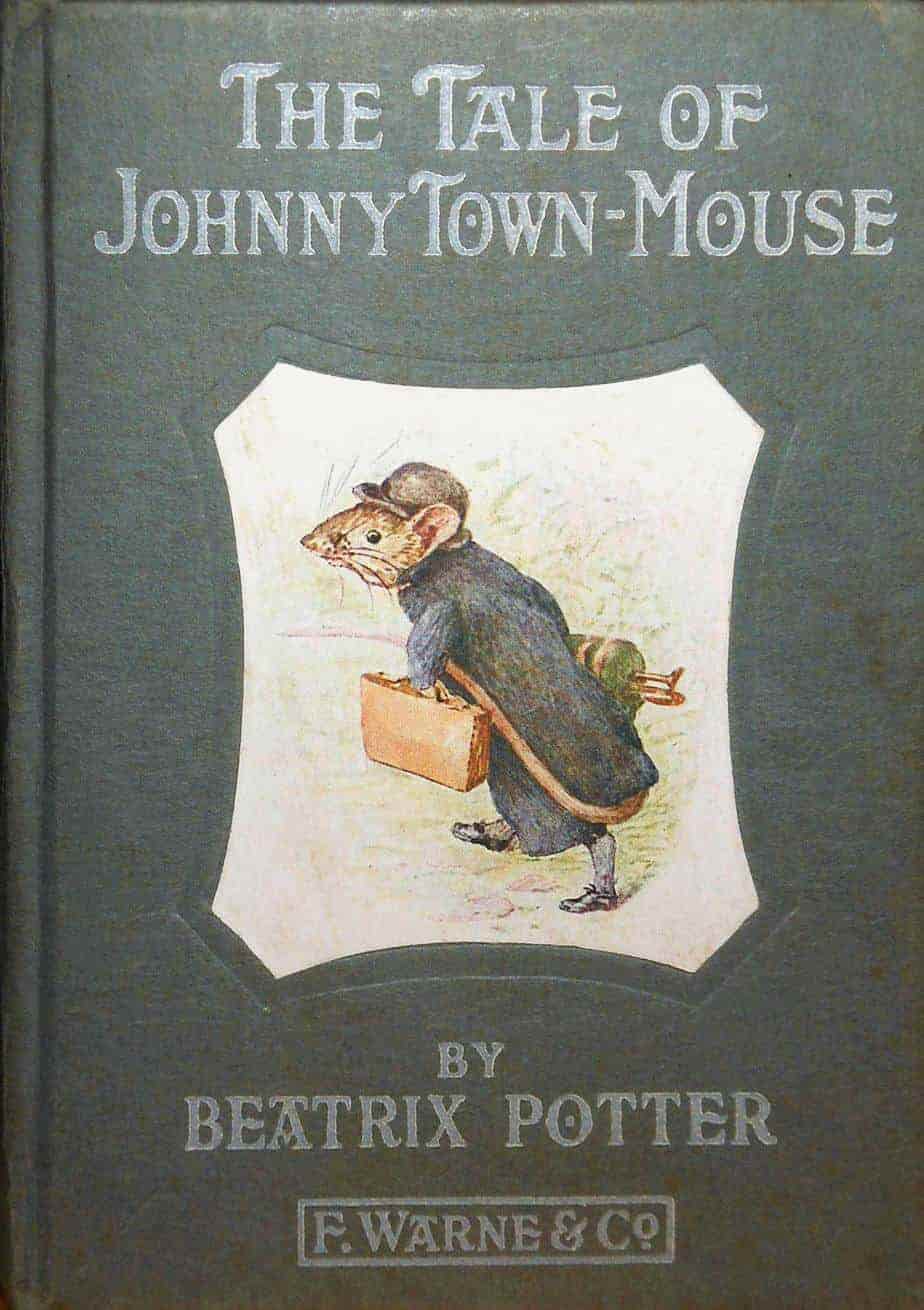
The Tale of Johnny Town-mouse by Beatrix Potter Analysis
Leading up to 1918, Beatrix Potter’s publishers were asking her for a new story. This was wartime. Austerity all around. Frederick Warne and Co. were affected alongside everyone else and required something new from their bestselling children’s author. But Beatrix had moved to the country and the country was keeping her very busy. Rather than…
-
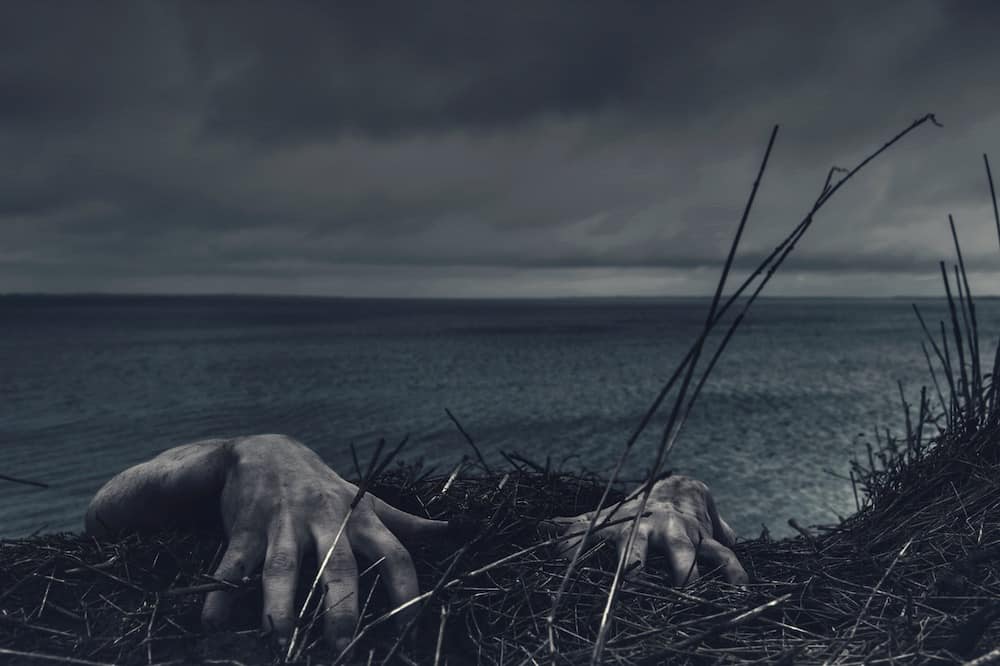
Features of a Psychological Suspense Story
What makes a horror or thriller story ‘psychological’? Aren’t the entire suspense genre psychological, to some degree? I set out to investigate.
-
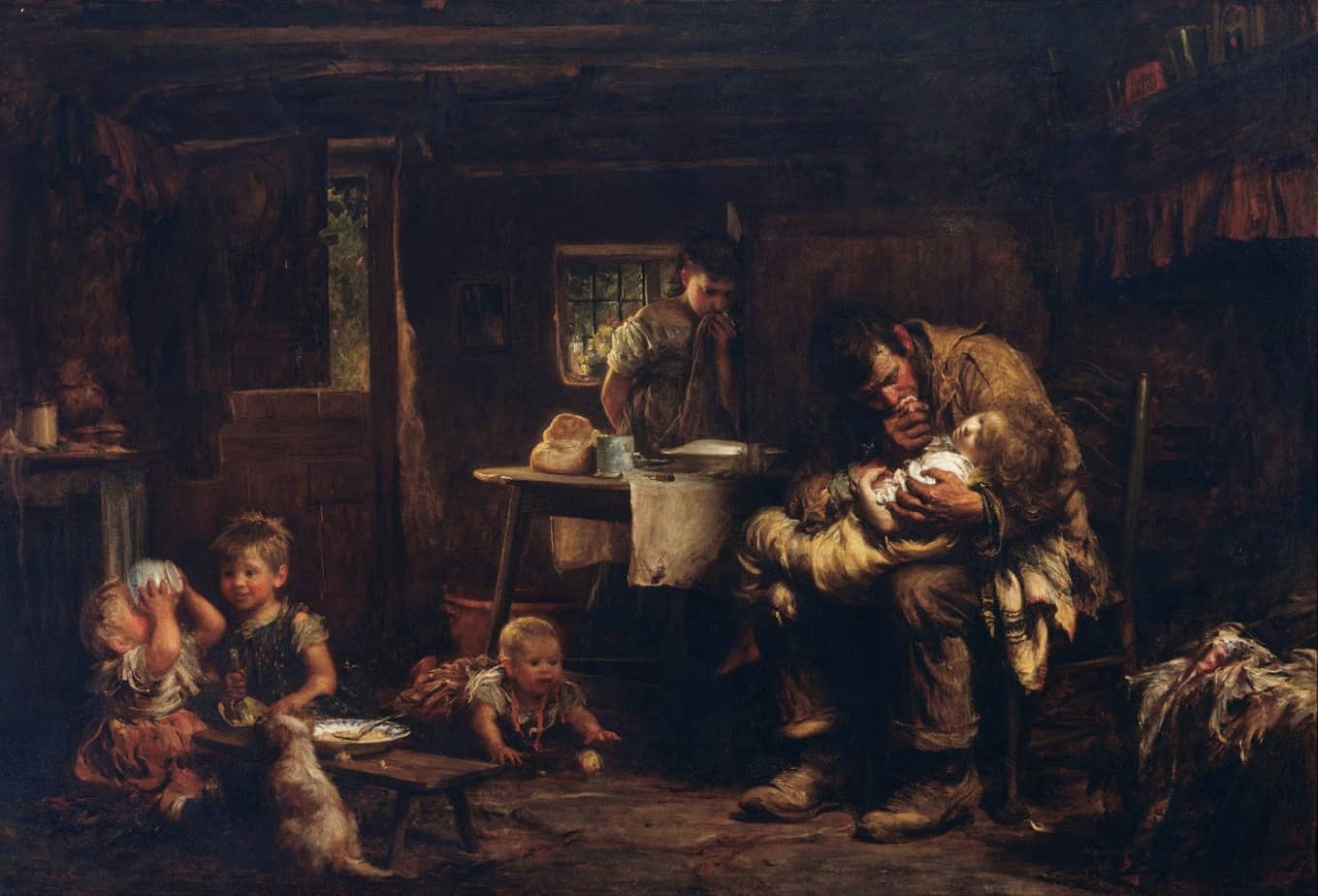
Emotion in Storytelling: Psychic Numbing
Have you heard of ‘psychic numbing’? As the number of victims in a tragedy increases, our empathy, our willingness to help, reliably decreases. This happens even when the number of victims increases from one to two. The Limits Of Human Compassion, Vox (Robert J. Lifton coined the term in 1967.) Psychic numbing is at play…
-
Graduation Afternoon by Stephen King Short Story Analysis
“Just After Sunset” is a 2007 short story by Stephen King. This 9/11 story was first published in Postscripts Magazine.
-
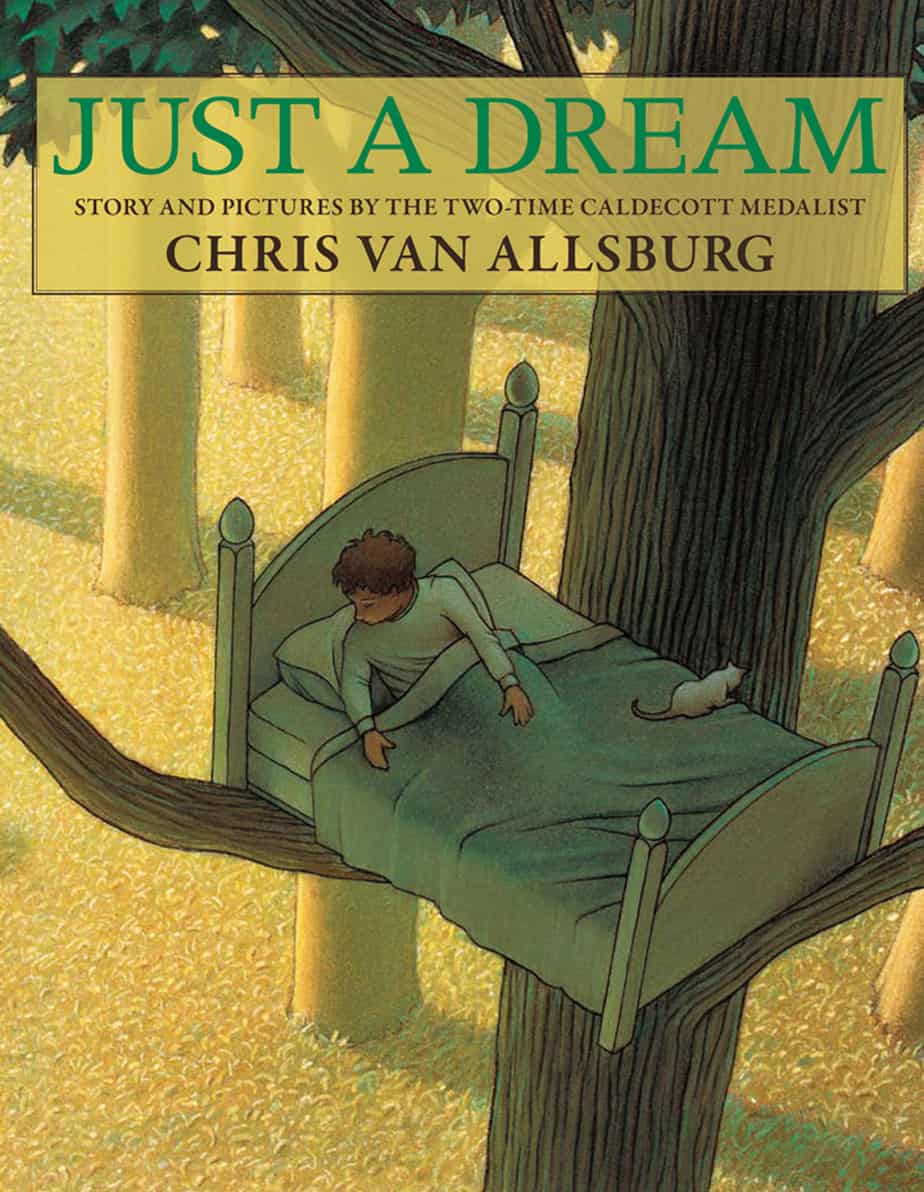
Just A Dream By Chris Van Allsburg Analysis
Just a Dream by Chris Van Allsburg (1990) is a picture book with an environmental message typical of its era. As part of the corpus of children’s literature with environmental messages, the 1990s offered many excellent children’s book examples of the now-outdated ‘personal responsibility’ message. Around this time children received the ‘good people recycle’ message.…